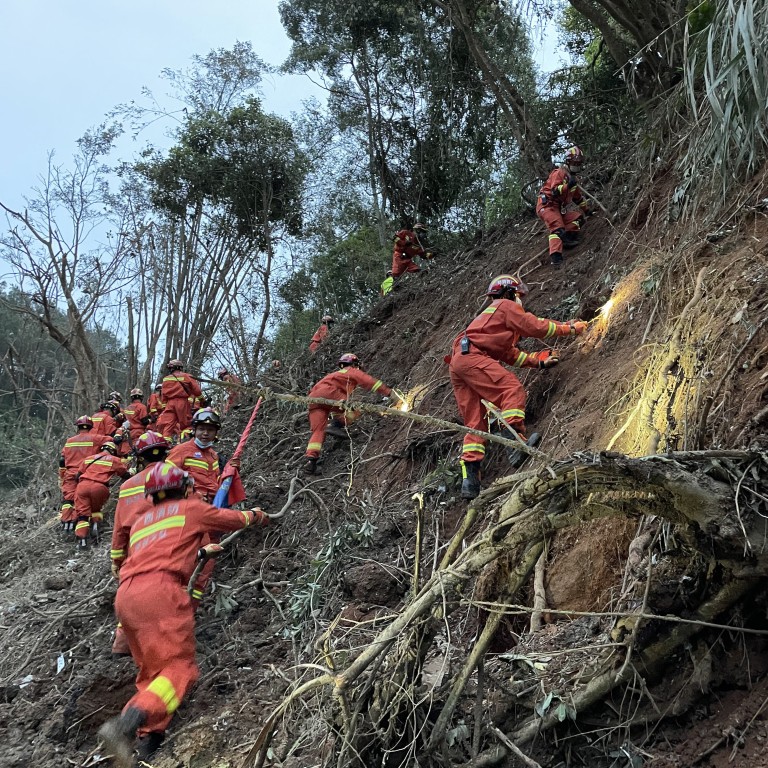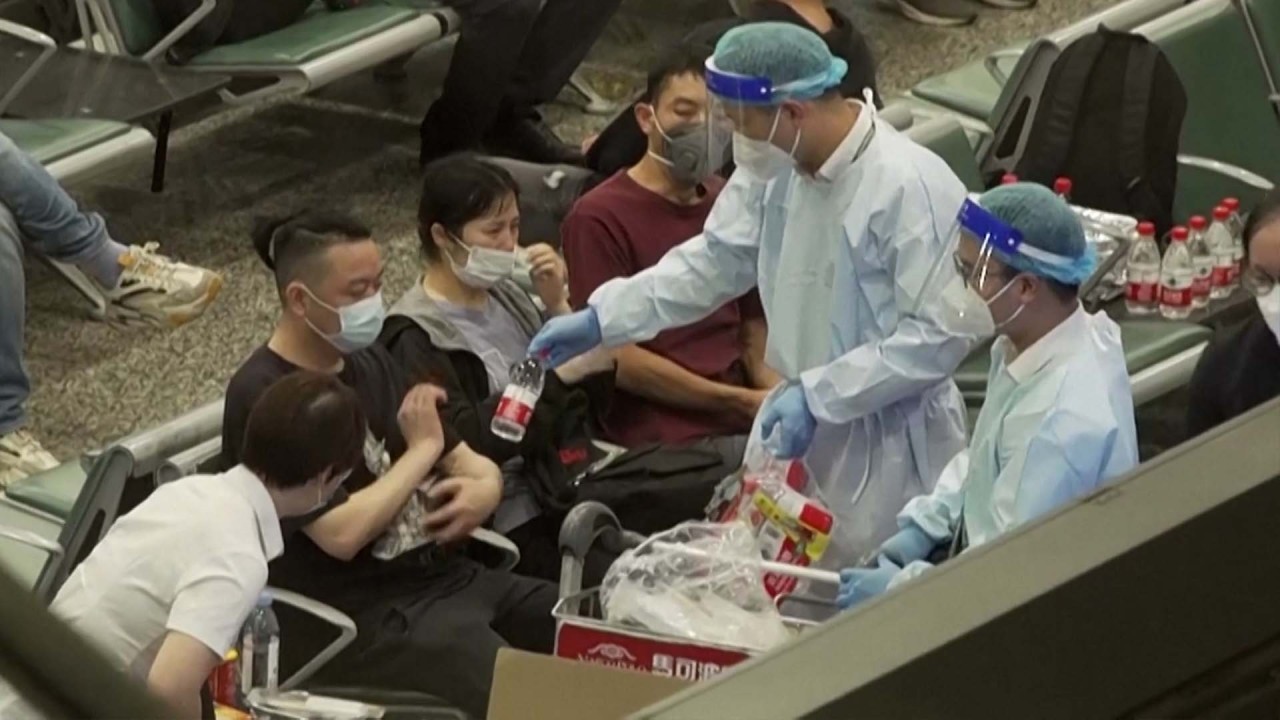
Explainer | China Eastern Airlines Flight MU5735: what are ‘black boxes’, or flight recorders, and are they likely to survive a high-impact crash?
- All passenger planes carry two recorders containing audio from the cockpit and extensive flight data that can provide clues to the cause of the accident
- The information they contain can also help improve flight safety in future, for example by highlighting flaws in aircraft design or pilot training
World leaders express sympathy for Chinese air crash victims
The search continues for a second black box, which could contain crucial flight operational data to help establish the cause of the crash, and the possibility remains that it could have been damaged or even destroyed on impact.
But such is their importance to crash investigators, flight recorders are designed to be extremely resilient. Here’s why.
What is a black box?
The term “black box” is used to refer to two different flight recorders, both of which are required on planes.
One is the cockpit voice recorder, which captures audio from microphones around the cockpit, from conversations between the crew to engine sounds and audible system warnings. The other is the flight data recorder which tracks information about the plane’s operations, such as its altitude and speed.
Despite the name, black boxes actually look more like orange cylinders.
The origin of the nickname is uncertain, although some say it could have come from early designs from the 1950s.
These days, the devices are painted a high-visibility fluorescent orange – the same colour used for traffic cones and construction safety vests. This is to help search teams spot them more easily in wreckage, mud, water or other conditions.
Can flight recorders survive a high-impact crash?
Flight recorders are built to be extremely resilient, with stainless steel or titanium shells and insulated interiors that can withstand various types of crashes.
The devices are shock, fire and water-resistant and equipped with locator beacons that send out signals when immersed in water.
They are installed at the back of the plane as this is the area least likely to be heavily damaged in a crash.
They are often the only intact parts of wrecked planes that can be retrieved, providing valuable information on what happened right before crashes and how to improve flight safety in the future.
Flight data suggests China Eastern plane pulled out of one dive before crash
Wang Yanan, chief editor of Aerospace Knowledge magazine, told Beijing Traffic Radio on Wednesday that he did not expect it to be difficult to locate the flight recorders as the wreckage was contained within a known area.
The biggest concern, Wang said, was whether the data was still intact after they were exposed to high temperatures created by the mountain fire the plane caused when it crashed.
What happens when the flight recorders are retrieved?
After assessing the condition of the black boxes, technicians download and copy any audio and data files that have survived.
Investigators listen to audio files from the cockpit voice recorder, which usually stores two hours of audio from the flight deck, to determine whether the pilots were aware of anything going wrong, what decisions were made before the crash and whether there were any abnormal engine sounds.
They may also use tools such as spectrum analysis, which can pick up abnormal sounds that the human ear may miss.

Analysts will also trawl through up to 25 hours of data on potentially thousands of parameters from the flight data recorder.
Ideally, information from both recorders can be used to piece together a picture of what happened.
Some findings are released within days after the flight recorders are found, but detailed analysis can take much longer. A Lebanese investigation into the 2010 crash of Ethiopian Airlines Flight ET 409 was only released almost two years after the disaster.
Members of the International Civil Aviation Organisation, including China, are obliged to submit a preliminary report to the global body within 30 days of a crash, including findings from flight recorder data where available.
They must also submit a public, final report within 12 months if possible, or issue an interim update on the investigation on every anniversary of the incident.



